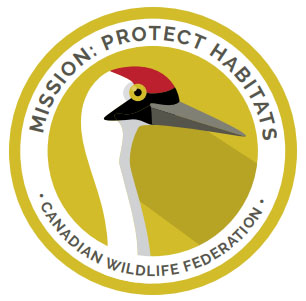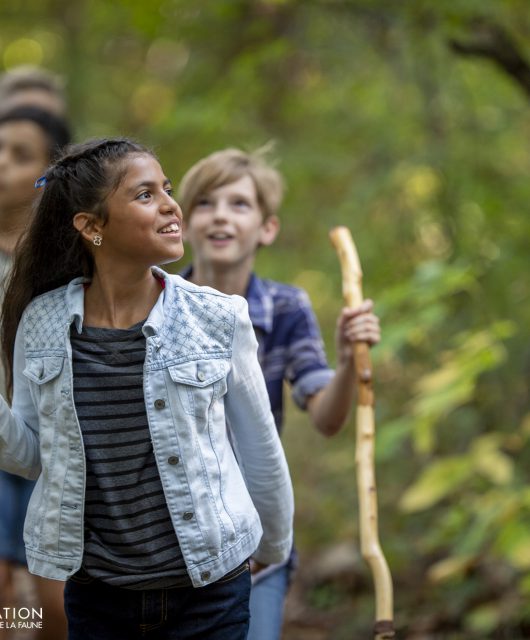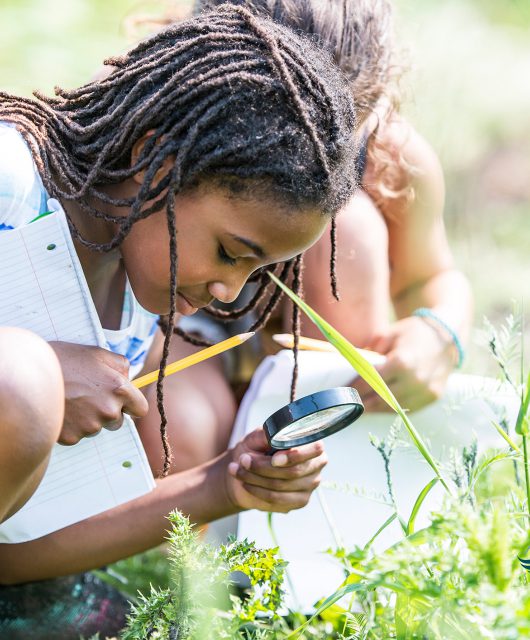Your Mission, Should You Chose to Accept It…
Welcome back to our year-long operation to engage Canadians in supporting wildlife and habitat conservation – Mission Biodiversity!
Your mission this month is to protect habitats from habitat loss, another one of the five biggest threats to biodiversity. Habitat loss refers to a reduction in the amount or overall health of the space where plants and wildlife live. This can occur through natural processes (e.g. volcanic eruptions), but most frequently is the result of human activities like logging, conversion of habitat to farmland, and building new neighbourhoods. If too much habitat is lost, plants and wildlife may no longer have access to the food, water, shelter and space they need to survive.
Let’s start by reflecting on why healthy habitat matters before we dig into the causes of habitat loss, examine some solutions, and discover ways we can help protect habitats in our communities.
Part 1: Reflect on Why Healthy Habitat Matters
A habitat is the place where animals and plants make their home. Habitat includes four important components: food, water, shelter, and living space. There are many different types of habitats in Canada, including grassland, ocean, freshwater, mountain, forest, and arctic habitats.
Watch the video above to learn more about habitats. Keep in mind that humans are part of nature and we also have habitats! In the following activity, you’ll make a map of your own habitat and identify where you find food, water, shelter, and space.
- Discover Your Place in Your Habitat — Get the activity
Now reflect on the following questions:
- How are human habitats similar to the habitats of wildlife and plants? How are they different?
- How would you feel if your habitat was changed or destroyed?
- What do you think happens to wildlife and plants when their habitat is changed or destroyed?
Part 2: Explore the Causes of Habitat Loss
Sometimes habitats are changed or destroyed by natural processes like volcanic eruptions, earthquakes, and forest fires, but most habitat loss is caused by human activity, such as:
- Agriculture: Habitats like grasslands and wetlands are converted to grow crops.
- Urbanization: Land is cleared to build new neighbourhoods and roads.
- Deforestation: Forests are removed or fragmented so land can be used for agriculture, urban development, or resource extraction.
- Resource extraction: Habitats are changed or destroyed to build pipelines, flood land for hydroelectric projects, or make way for mining, oil drilling, and logging operations.
- Consequences of climate change: Habitats are impacted by changes in sea ice patterns and snow thickness, melting permafrost, drying of tundra ponds, and takeover by non-native species.
In the activity below, you’ll further explore the impacts of human activity on habitats by investigating the ecozone you live in, assessing its health, and brainstorming ideas for enhancing habitats.
- Assess Your Habitat’s Health — Get the Activity
Part 3: Protect Habitats
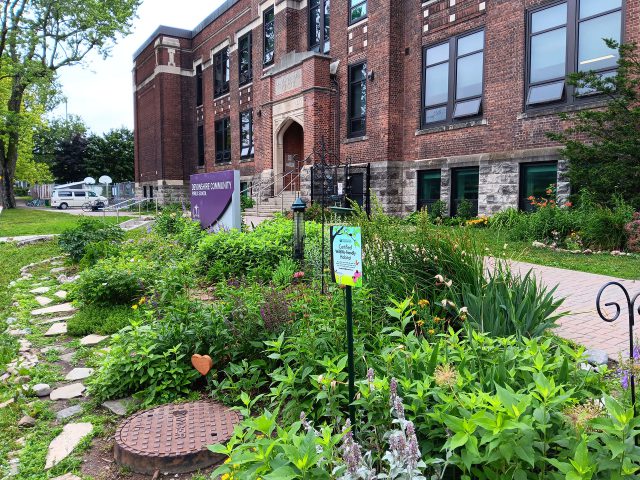
We’ve learned that some human activities have a negative impact on habitats. But what can we do in our own backyards and schoolyards to have a positive impact and help protect habitats?
We can make habitat! Just like parks and protected areas create and enhance habitat on a large scale, we can create habitat on a small scale for the species that share our schoolyards and backyards. Each backyard habitat creates a stepping stone to another backyard habitat; with lots of backyard habitats, we can create habitat connectivity!
Help protect habitats by completing a habitat project at your school or in your backyard! Here are a few steps to help you get started:
- Observe and research which species live in your schoolyard or backyard.
- Choose one to focus your project on and research what type of food, water, shelter, and space it needs.
- Brainstorm some habitat projects that would create habitat for your chosen species. Some ideas include planting a wildlife-friendly garden, installing a bat box, or creating toad shelters. For inspiration, look at the habitat projects in our Online Learning Library.
- Once you’ve chosen a habitat project:
- Identify the ideal location for your project
- Make a list of materials and tools you will need
- Schedule a day(s) to work on your project
- Work together to complete your habitat project. Take photos to document what the space looks like before and after, then share the story of your project with your school or neighbours!
- Continue to care for the habitat you’ve created. Do any necessary maintenance to keep your habitat suitable and safe for wildlife like weeding, raking, or cleaning out shelters.
You can also support Canada’s wildlife and habitats by adopting one of our Whooping Crane stuffies. In 1941, Whooping Cranes were on the brink of extinction due to habitat loss and hunting. Though still endangered, the Whooping Crane population is slowly recovering thanks to the collaborative action of governments and land managers across North America. By adopting a whooping crane, you’ll be helping to fund CWF habitat conservation initiatives across the country! Learn more about Whooping Cranes at hww.ca
Mission Complete!
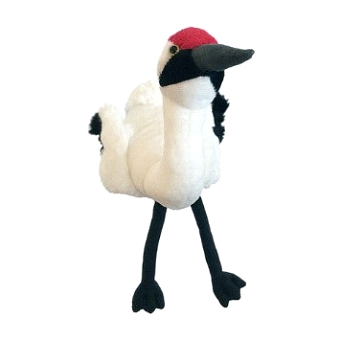
Once you and your students have completed this mission, you can download our printable page of mission badges in recognition of their learning. Pass these badges out to students to mark their progress throughout Mission Biodiversity and celebrate the actions they are taking in support of wildlife! Download badge >
